Following on from my previous post regarding the ‘sins’ of being given cameras for free, when you have too many anyway, here is part 2 featuring three others. If you took notice of the feature image, you will know what is coming: a 35mm rangefinder and two medium format cameras, and all dating from before I was born. As before, this is not a comprehensive review but details of their acquisition and usage, a little discussion and some sample photos.
Up first is the Petri 7s, introduced to the world in 1963 by the Japanese optical company Kuribayashi who had just changed their name to Petri. Now this camera has been reviewed on this site before, by Barry Carr, who was underwhelmed by both its quality and performance. Interestingly, what Barry found frustrating I actually like! For example, I favour cameras that feel heavy. It’s quite big for a rangefinder, and I find that helps with operating the controls especially focusing. The 7s features a ‘green-o-matic’ system with a green tinged finder that aids focusing, which is easy enough via it’s yellow patch which is clear and crisp. In addition, I prefer 45mm as a standard focal length.
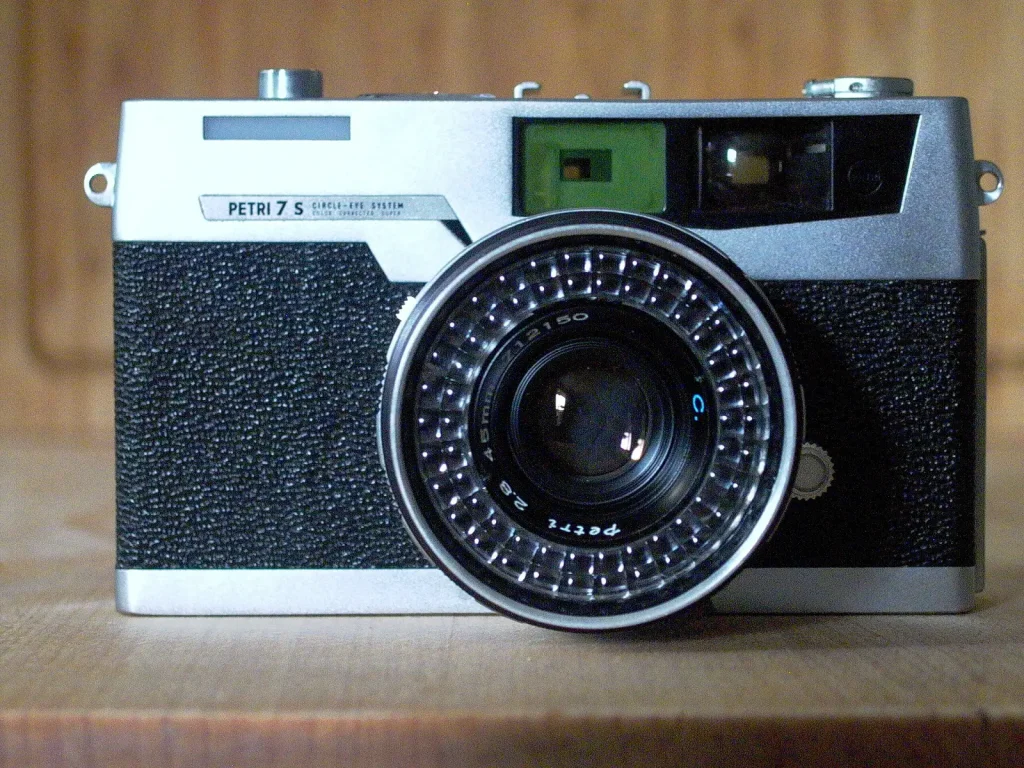
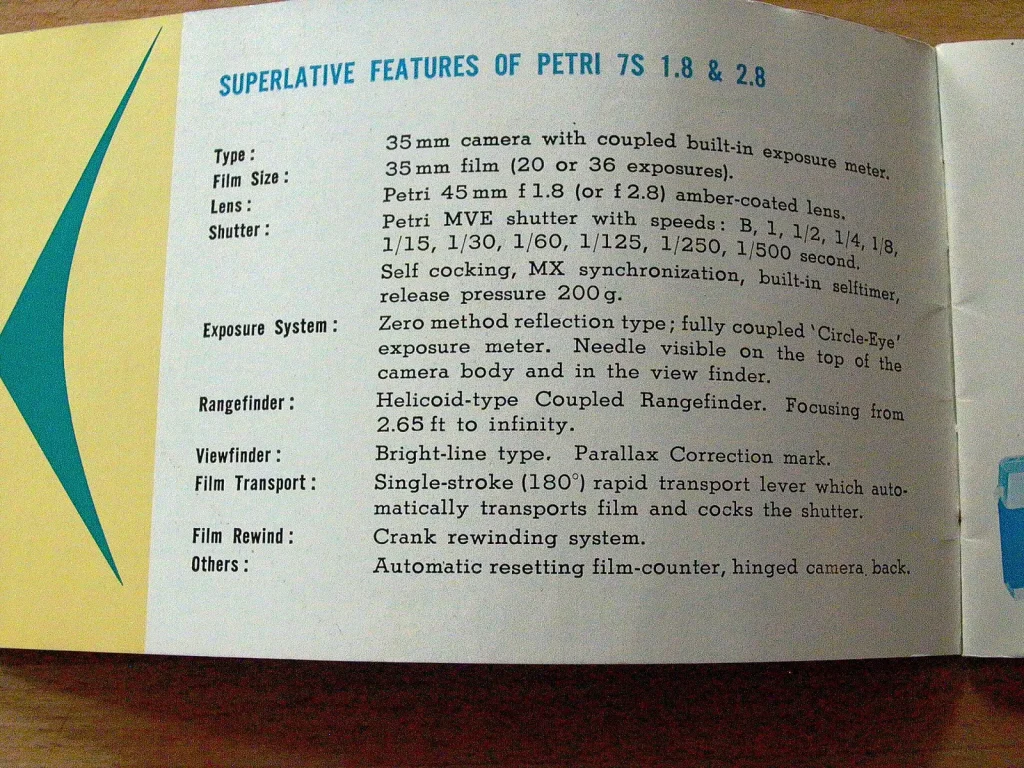
Mine came to me as a present two Christmases ago, with the original instruction book and a smashing Focal Camera Guide (great series of books), first edition. I do like to use this camera when I am in rangefinder mode because it’s so simple to use. Even though the ‘circle-eye system’ exposure meter works, I tend to use sunny-16. It’s just too easy to knock the DIN/ASA setting off as you naturally brush over the little tab when you focus or turn the aperture ring. Unfortunate design error. As much as I like the camera ergonomics, I’m less impressed with the results. Pretty much all the photos, well… glow! This doesn’t appear like normal flare. Glare would be a better word. Just a tiny bit of sunshine, especially on reflective surfaces (water, glass, metal) renders as a dazzle. Lack of contrast is a bi-product. You have to either shoot on overcast days or appreciate the effect and work with it. Have a look at and see what you think…
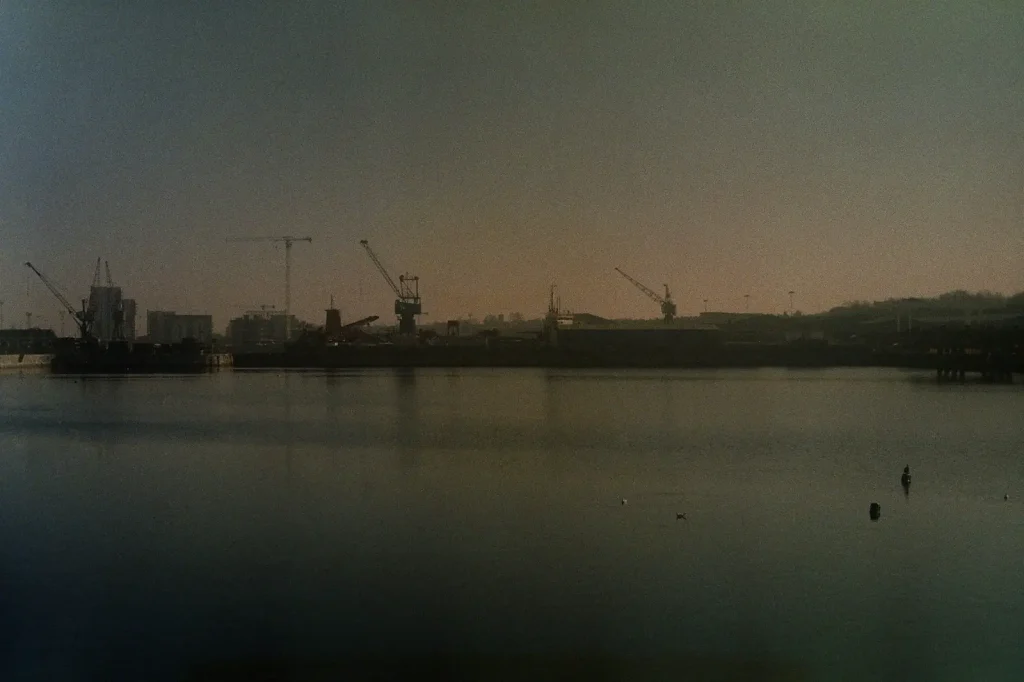
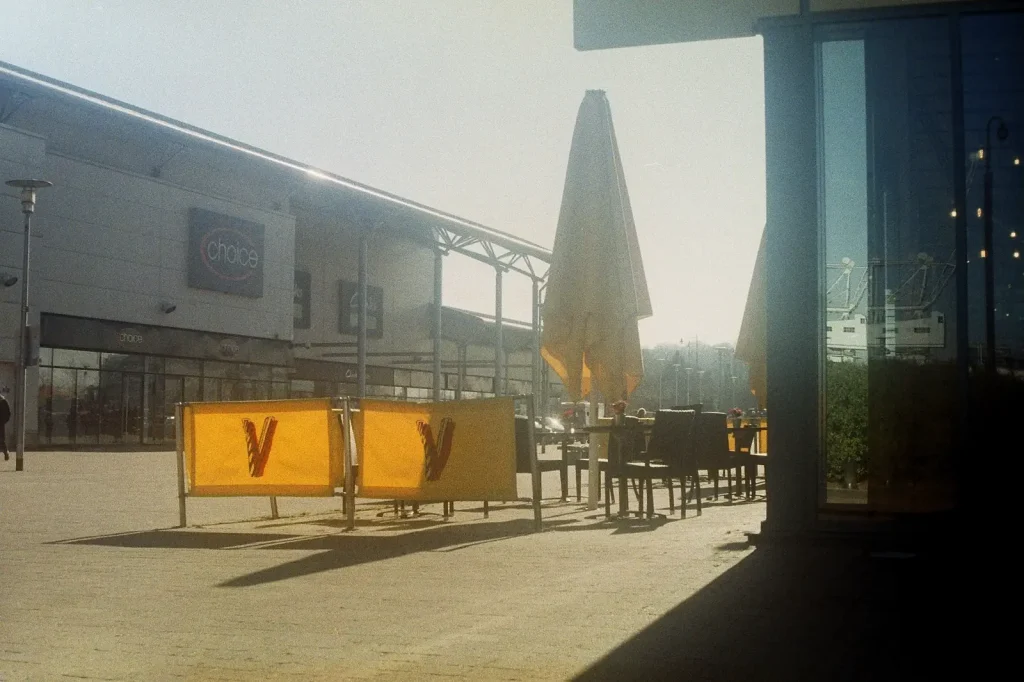
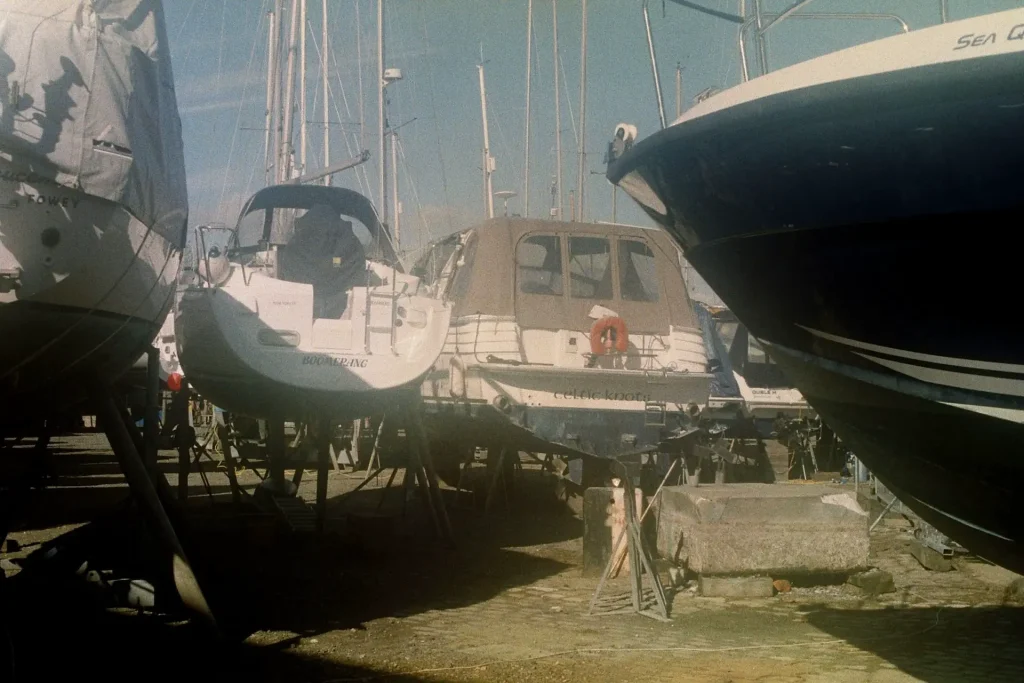
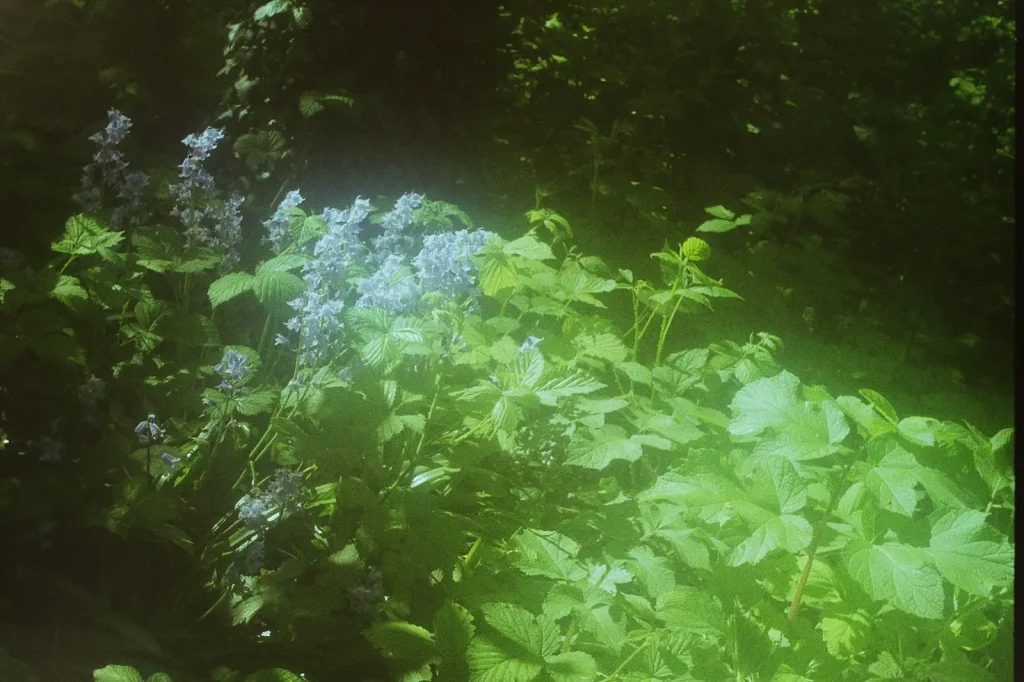
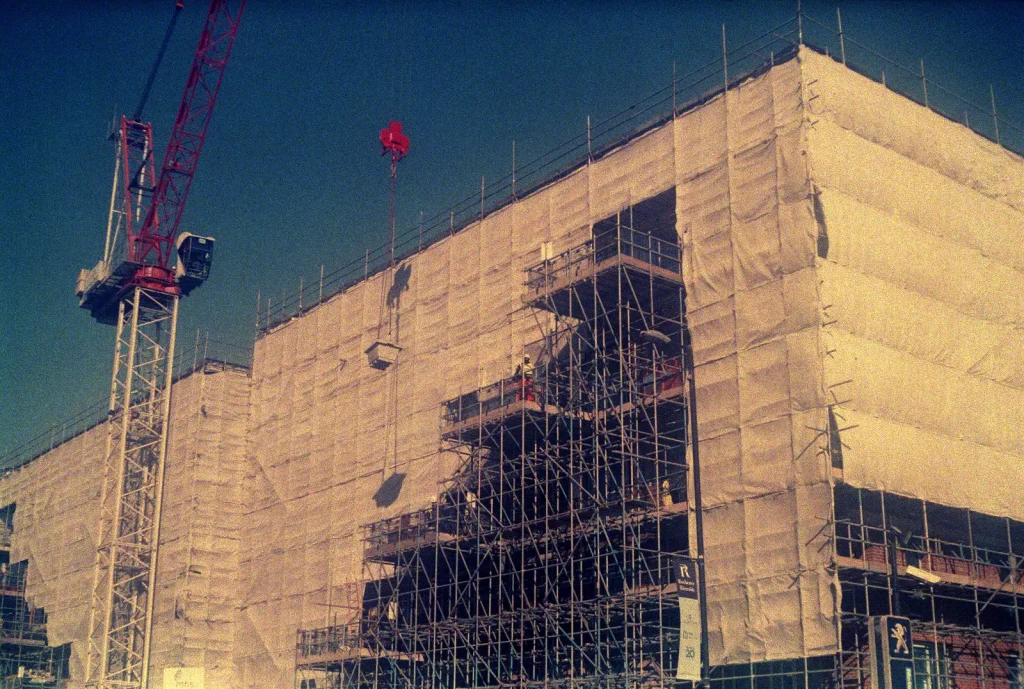
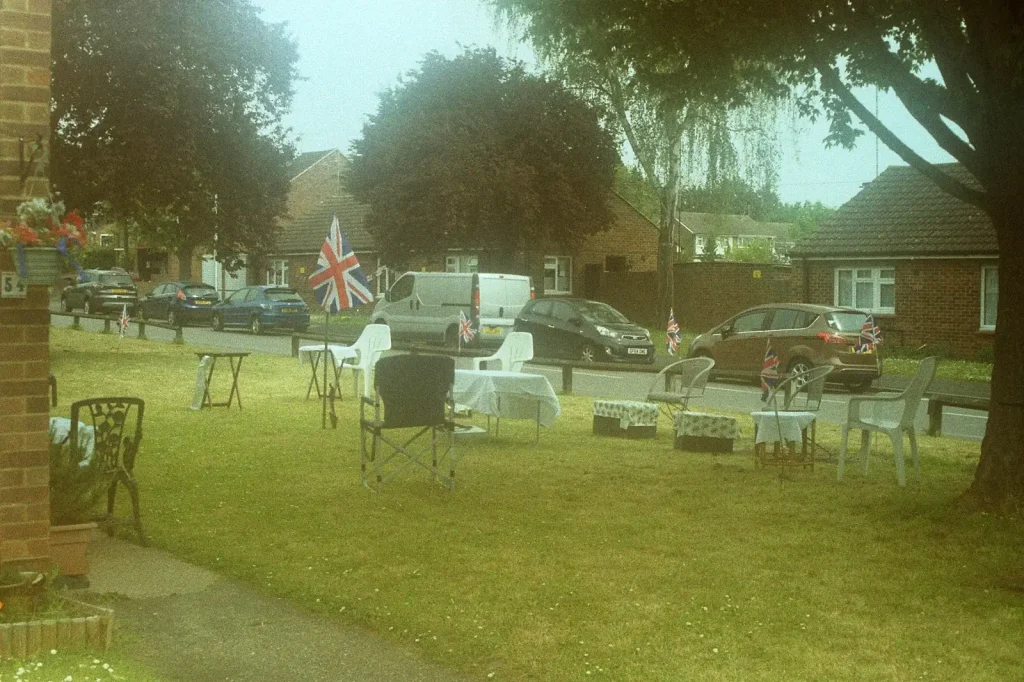
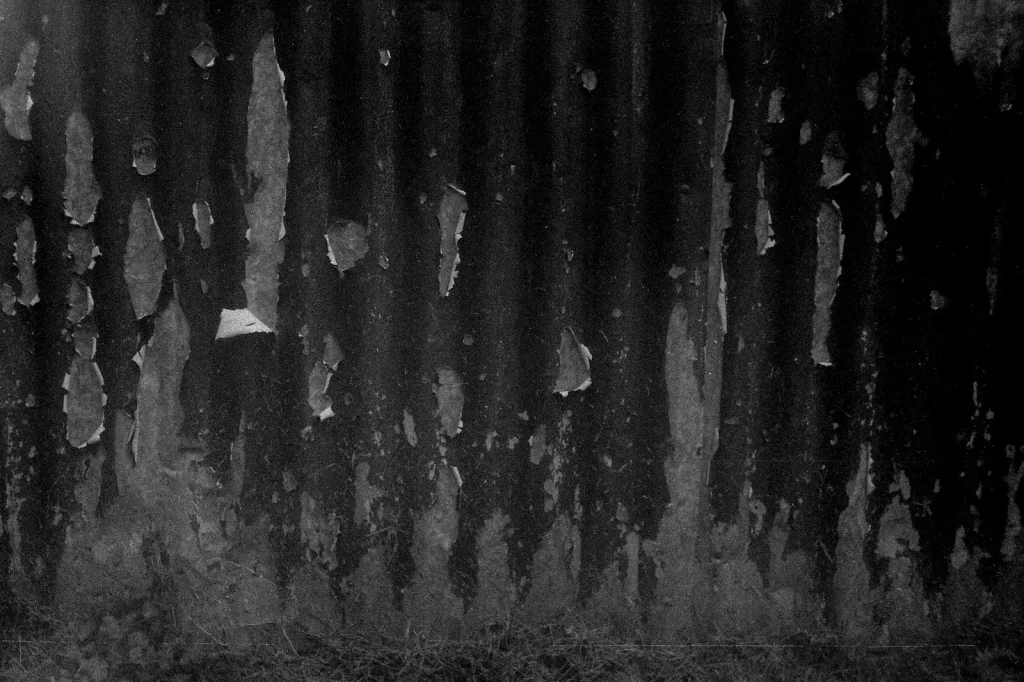
It was during the recent VE commemorations here in Britain that I obtained the next two cameras. I had walked around my village in the morning with Petri in hand, snapping photos of the bunting, flags and decoration going up. During the afternoon, impromptu street parties sprang up everywhere. Lockdown was in full swing and people needed to socialise. We had ours with a small group of households literally in the road, as this was the only space to maintain social distancing. Drink and conversation flowed, including the subject of vintage cameras, and this led to a TLR being thrust into my hand. It was a neighbour’s late husbands which had not been seen the light of day for over ten years, and she would rather it go to someone who would use it and appreciate it.
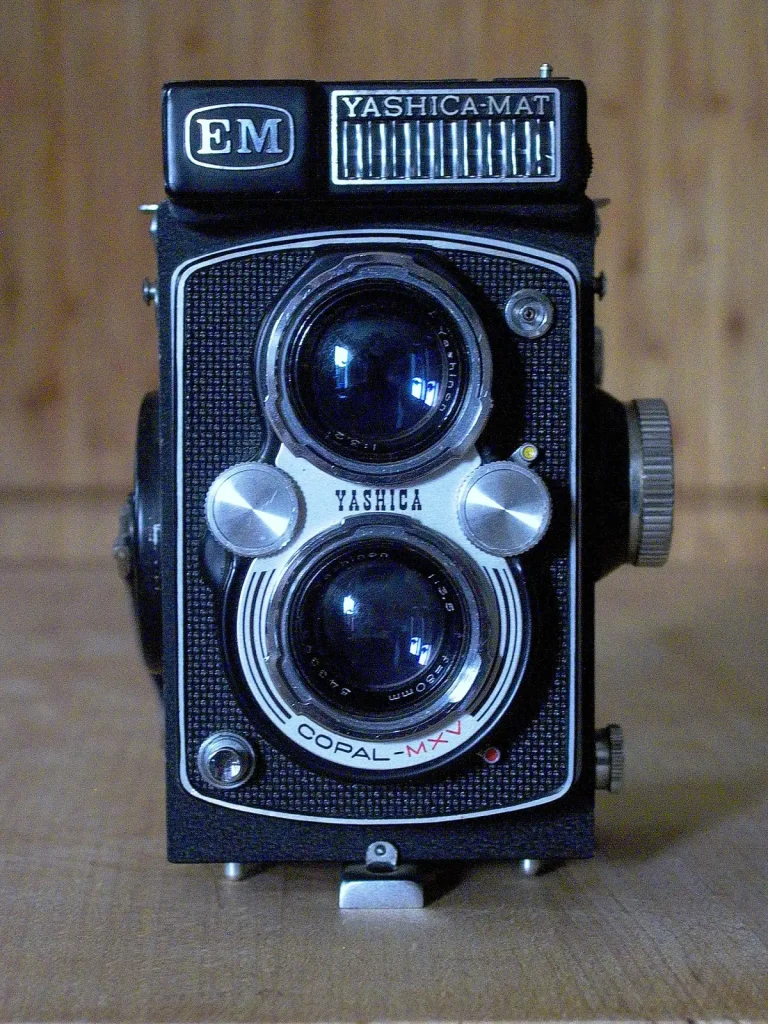
The case was falling apart; inside was a Yashica Mat EM which seemed to be in good order although the lenses were filthy. The EM was a 1964 replacement for the 1959 LM. These two are virtually identical, and not too dissimilar from the original Yashica Mat of 1957. They all featured crank advance which I found to be quite brilliant. Just turn the lever clockwise until it stops with the frame number in the little window. Now turn it anti-clockwise until it stops. The film has advanced and the shutter is cocked.
I have long avoided TLRs as have found them difficult to operate, especially using waist level finders. Looking downwards, I have trouble focusing my own eyes on the finder let alone an actual image on its screen. I did own a Flexaret once but had to get rid of it. Now I had the chance to have another go, and I ran two films through the EM the very next day. Unfortunately, these two films were both expired and I had no idea how they had been stored. So although I made a slight adjustment for exposure I didn’t really expect to see the backing paper patterns and numbers imprinted on every frame! The results looked promising though so I tried some alternative film i.e fresh Porta and I am impressed…
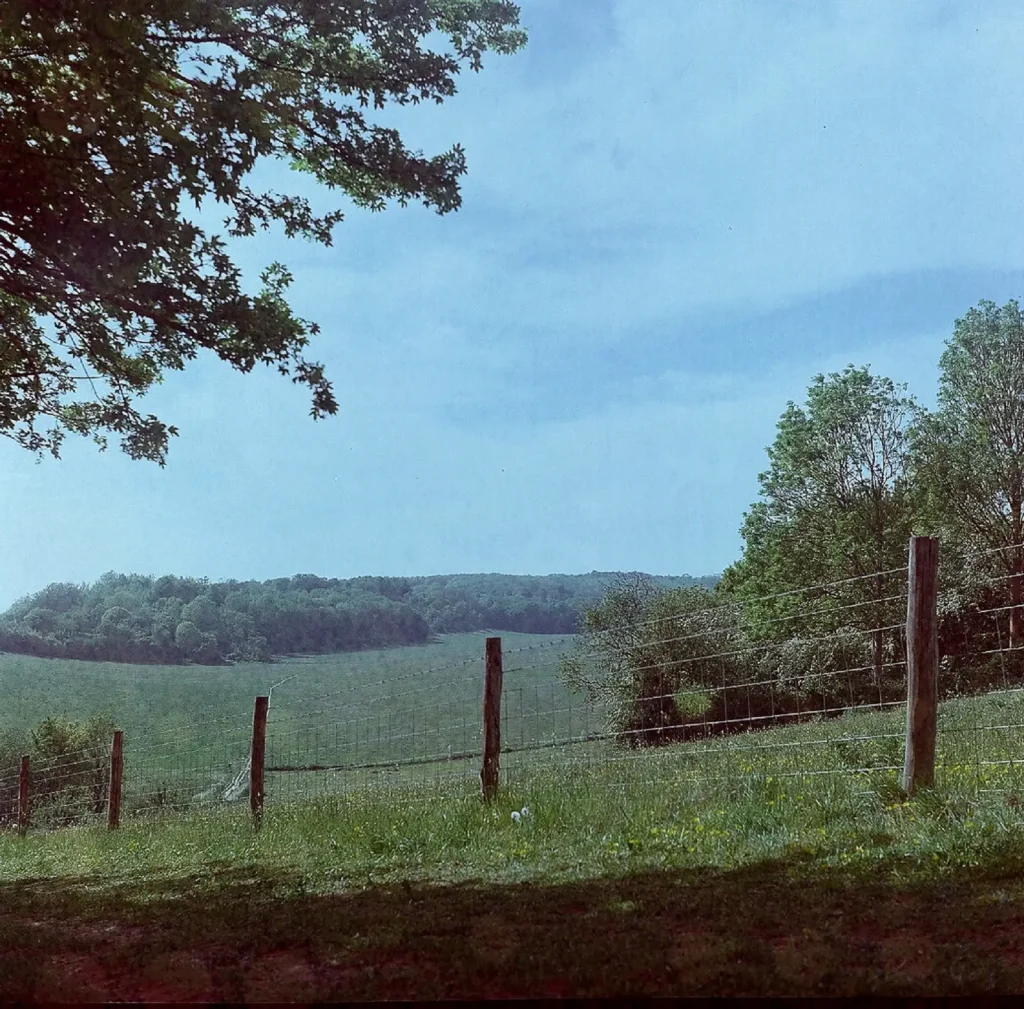
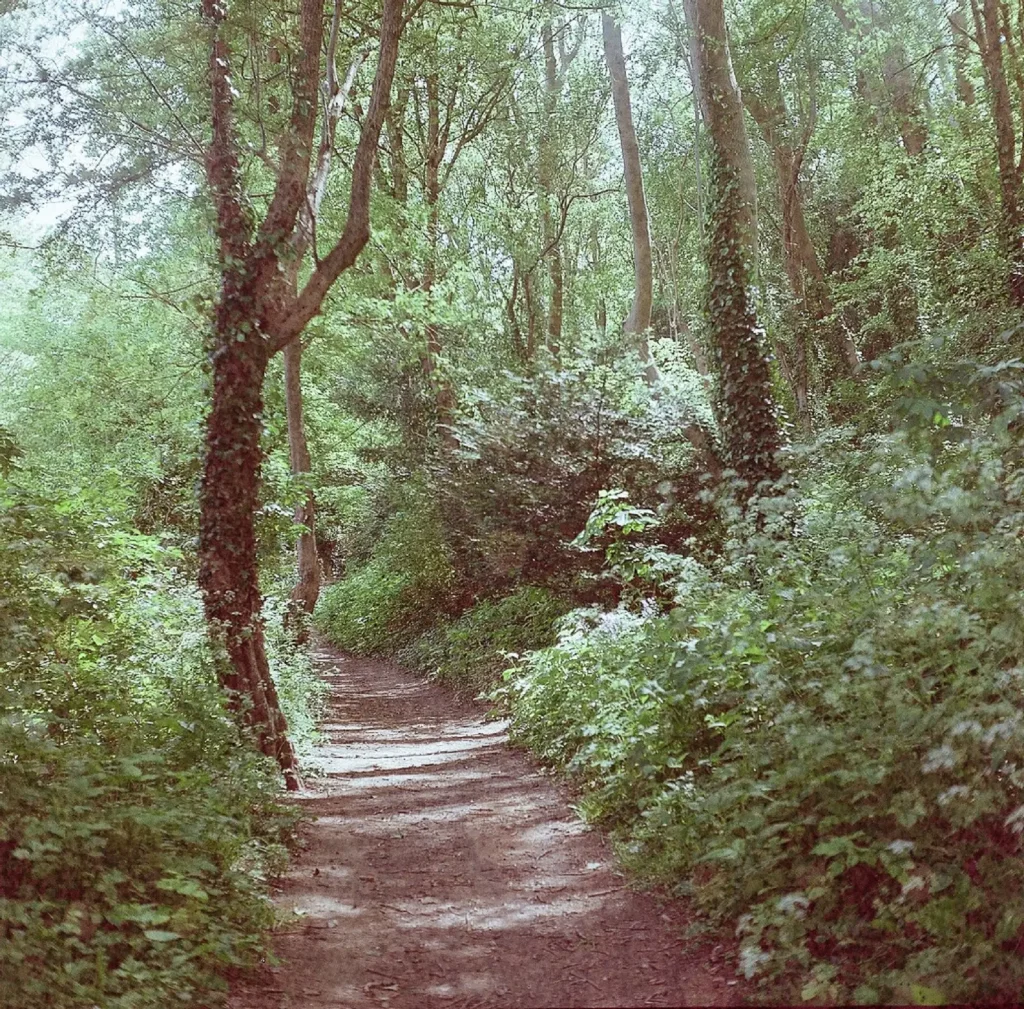
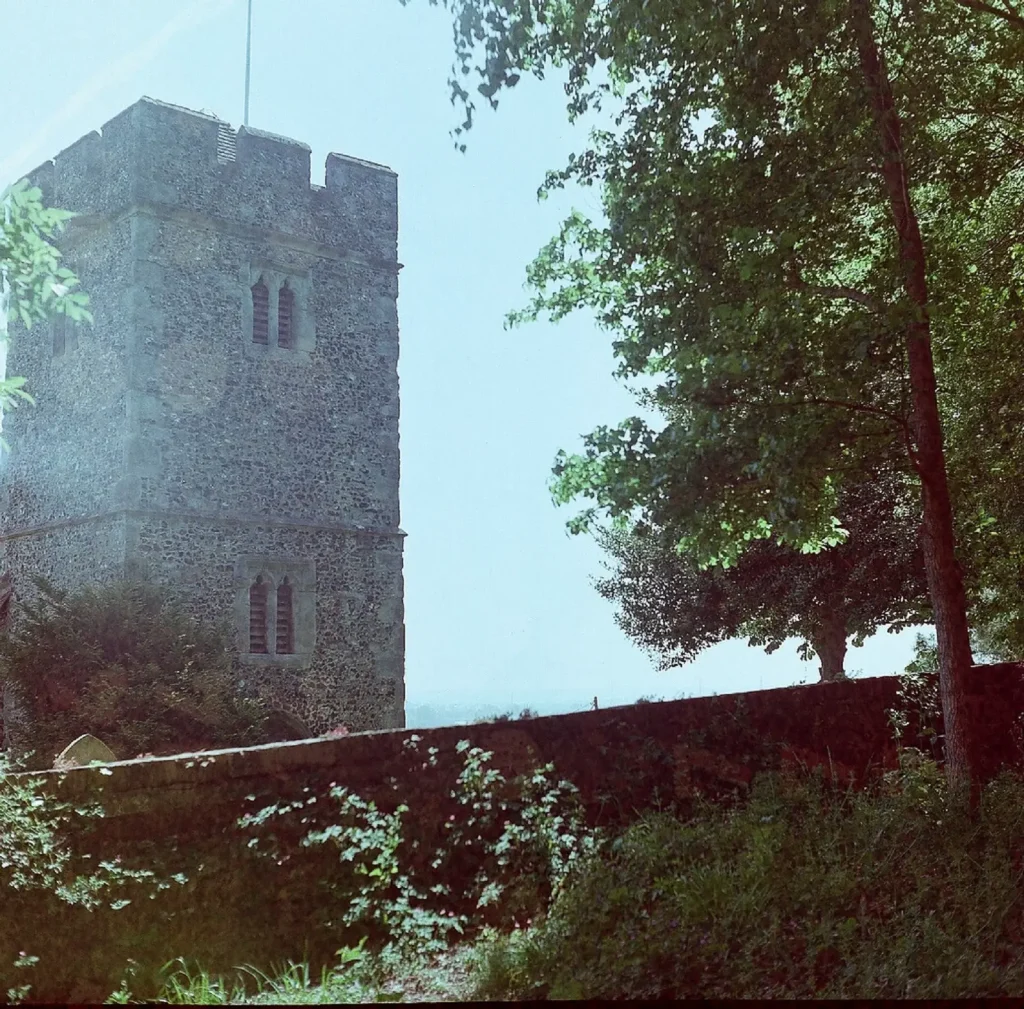
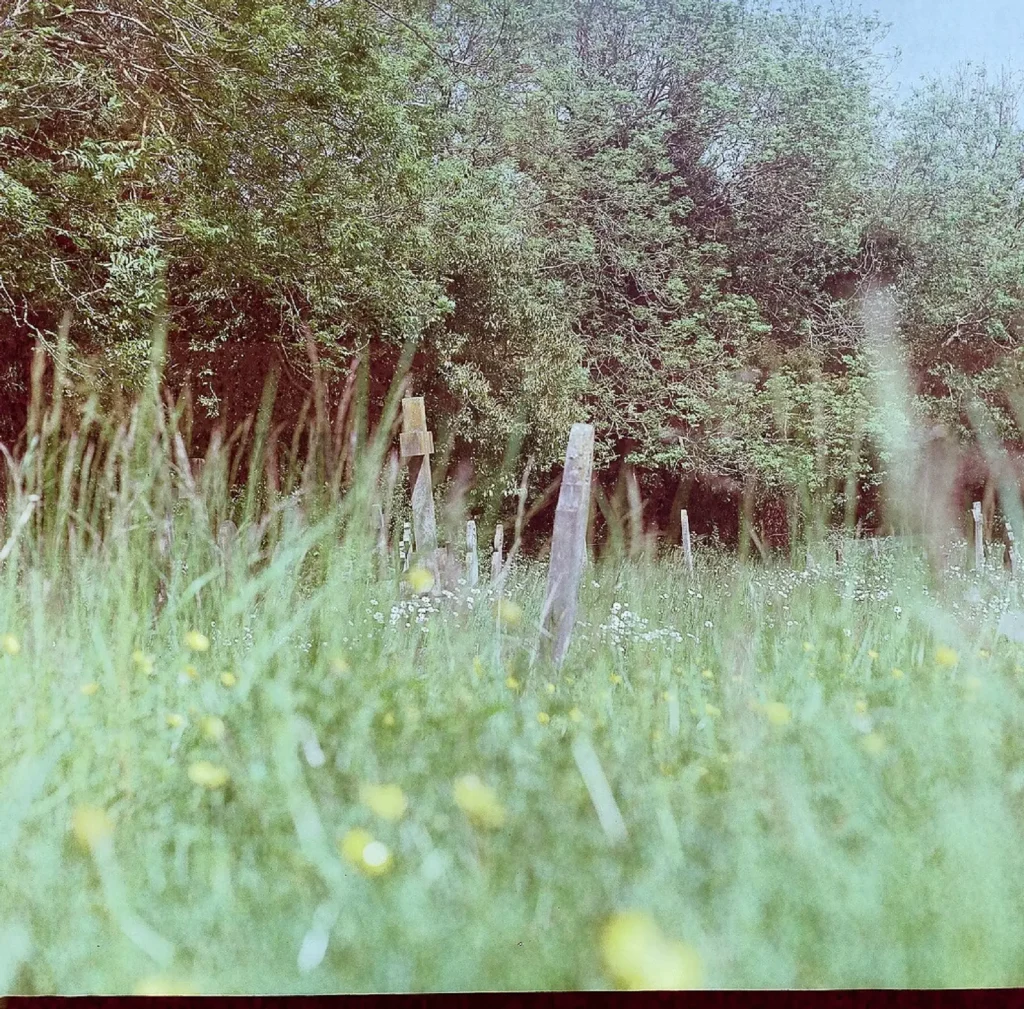
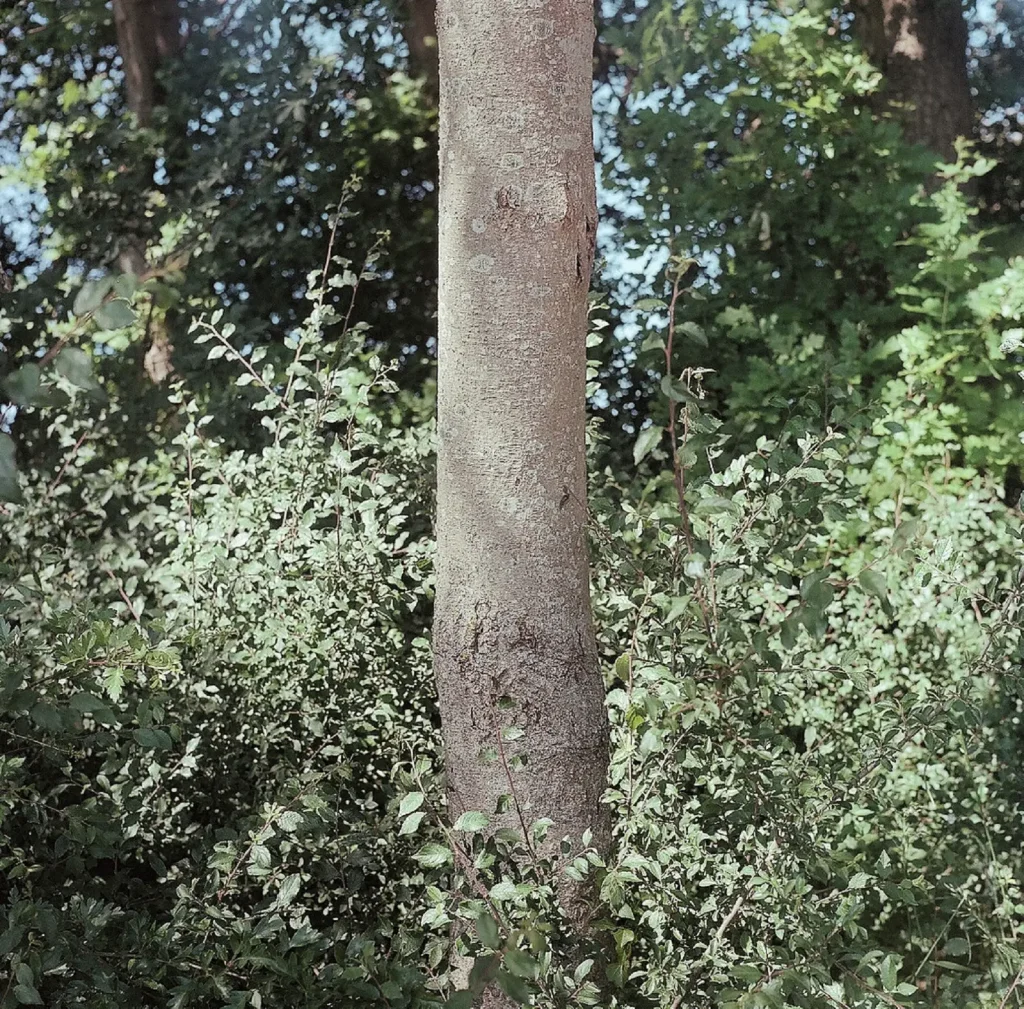
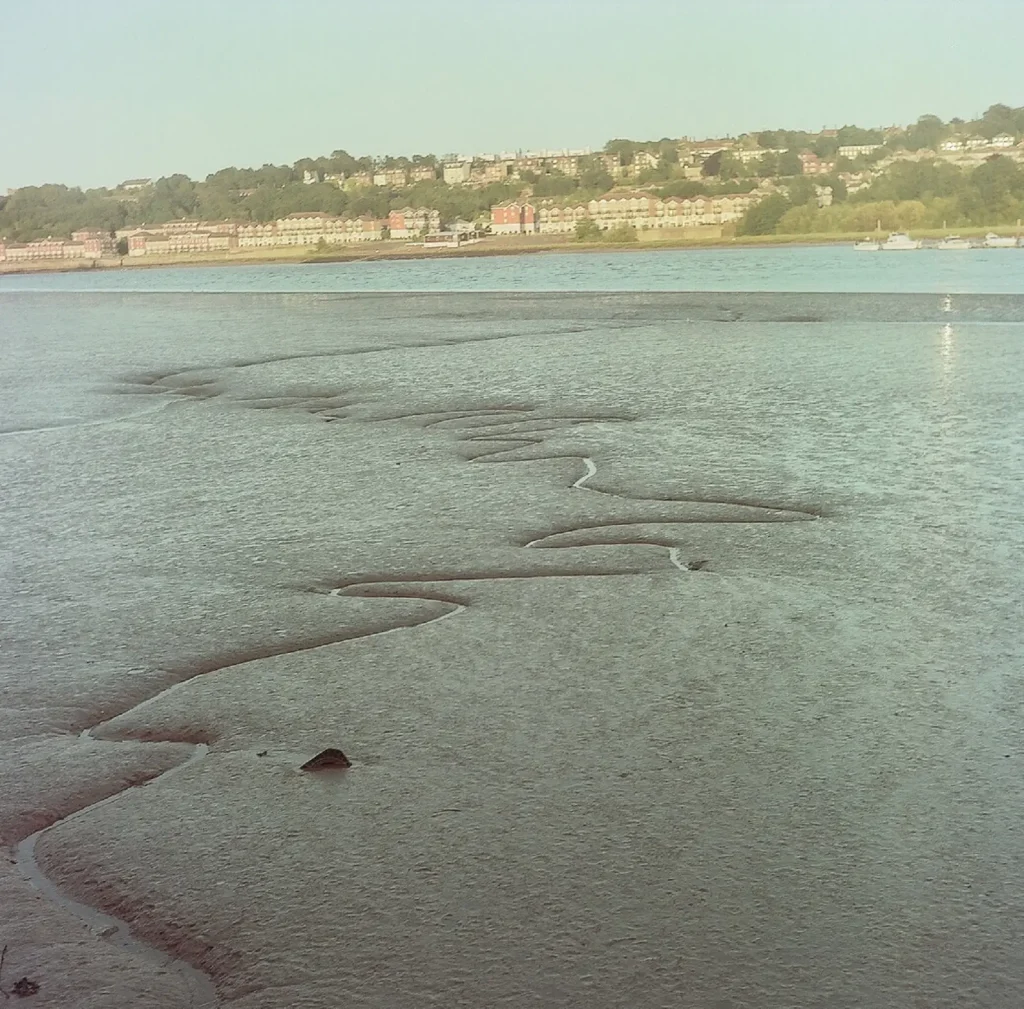
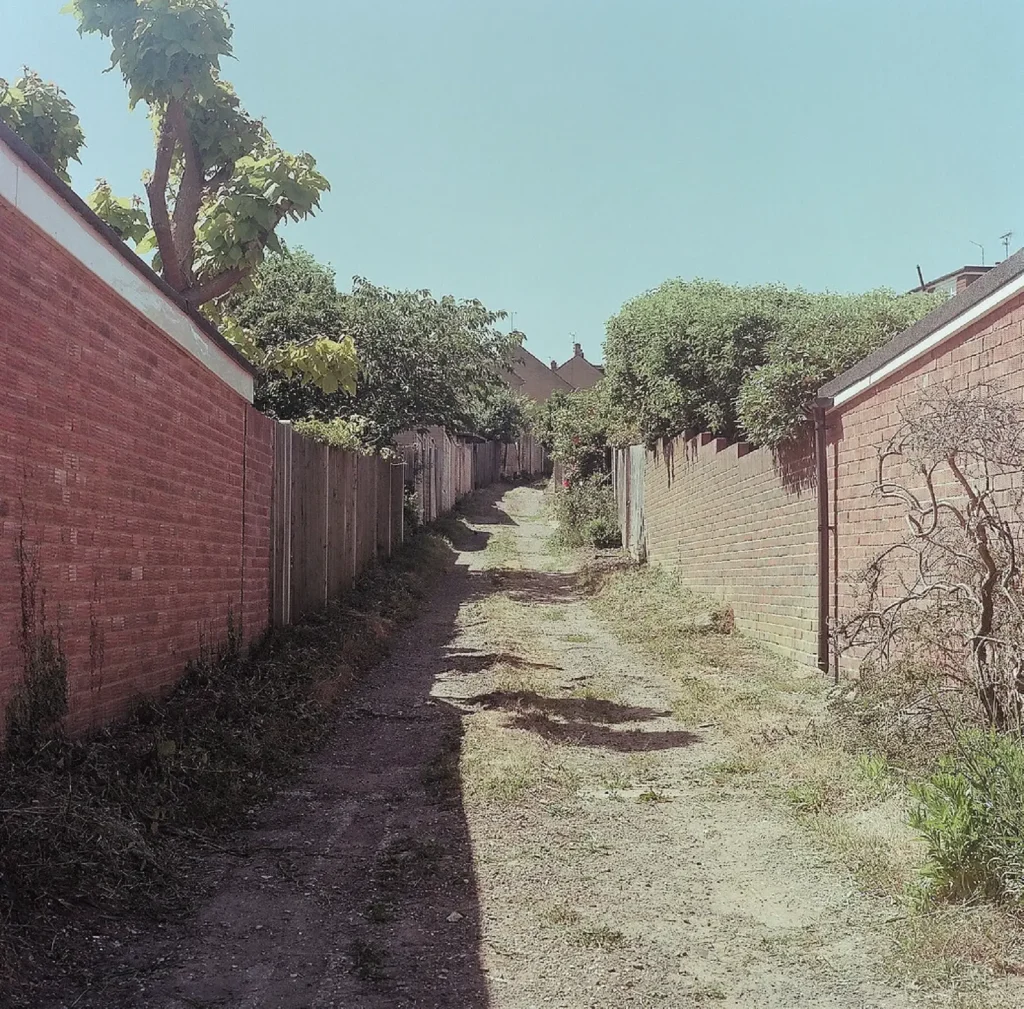
What impressed me most was the amazing rendition of the lens. For every shot I needed to use the loupe and even then hold the camera to just below my chin. No shooting from the hip for me. I just hoped everything was in focus. Obviously no need to worry, the Fujinon 80mm (Tomioka?) lens is remarkably sharp. Ouch!
The story of the Yashica moves nicely on to the final free camera. Just a day later, as a result of said street party, I was presented with a medium format pocket folder. Being a fan of all things AGFA, I recognised the old diamond logo immediately – I was excited. The camera was in it’s resting position. It opened tentatively but opened fully. It feels a tad fragile and delicate, so much so that I now keep it open and prefer not to close it up. It is, after all, about 90 years old and is not much more than thin aluminium and cloth. This camera is very light.
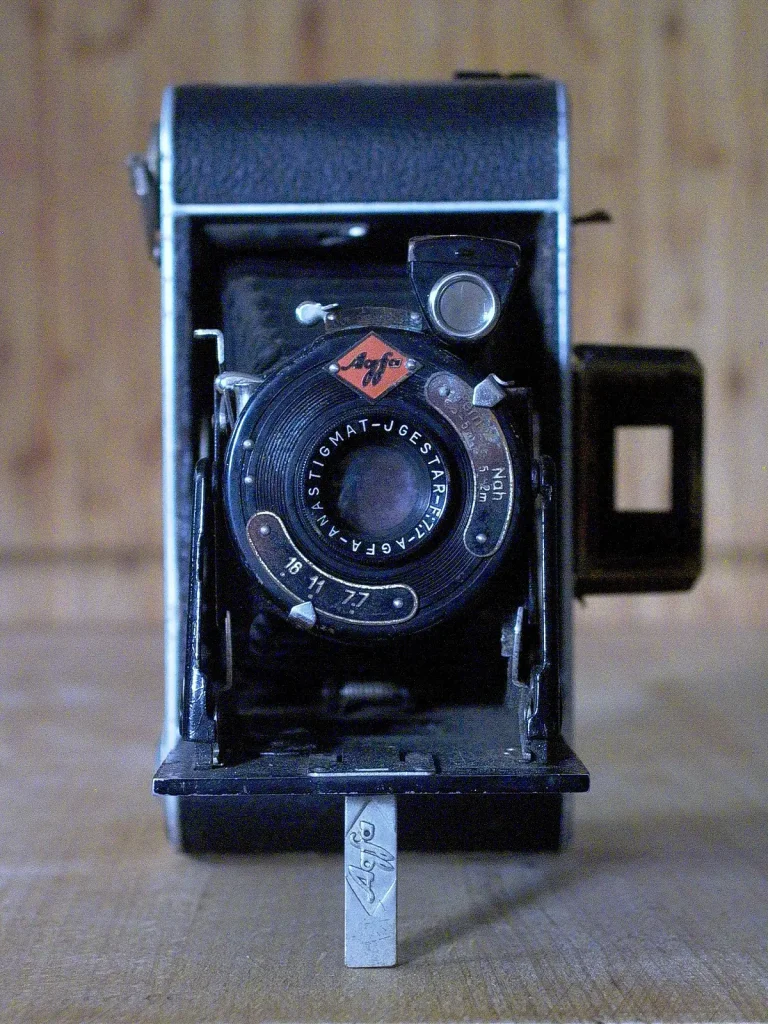
Say hello to the AGFA Billy 2 (pre-war) – “the camera for the coat pocket.” Please note that this is not the same as another Billy 2 from the 1950s, or post-war. This 1931 model uses 120 film in the 6×9 format, so that’s 8 shots per roll. Just three apertures (7.7,11,16) and shutter speeds (100,50,25), and focus is either “nah” or “fern” (near, far). I have been sticking to 1/100th and f11 where possible…
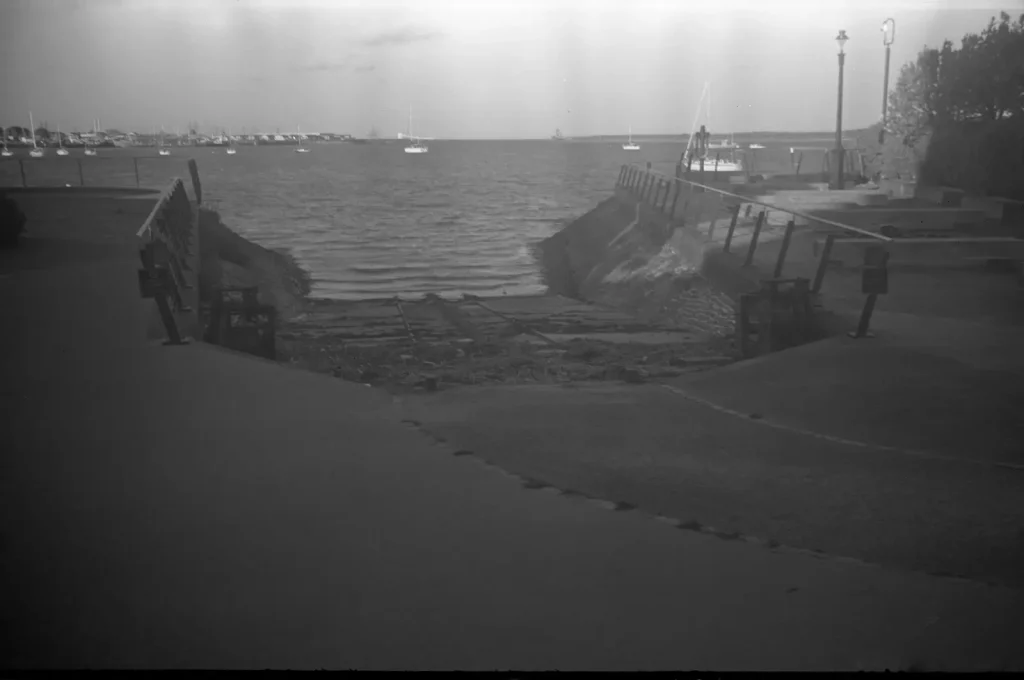
As you can see, the first roll to go through the camera (for a very long time I suspect) suffered from light leaks. I understand that Superpan is very sensitive to the red wavelength so I taped up the red window as a precaution. All the negatives had these streaks. Not sure if this is bad loading, bad developing or bad joins in the old camera. So for the next attempt I decided to load in the dark, completely tape up the camera joins and self develop. Much better results and the kind of photography that I like…
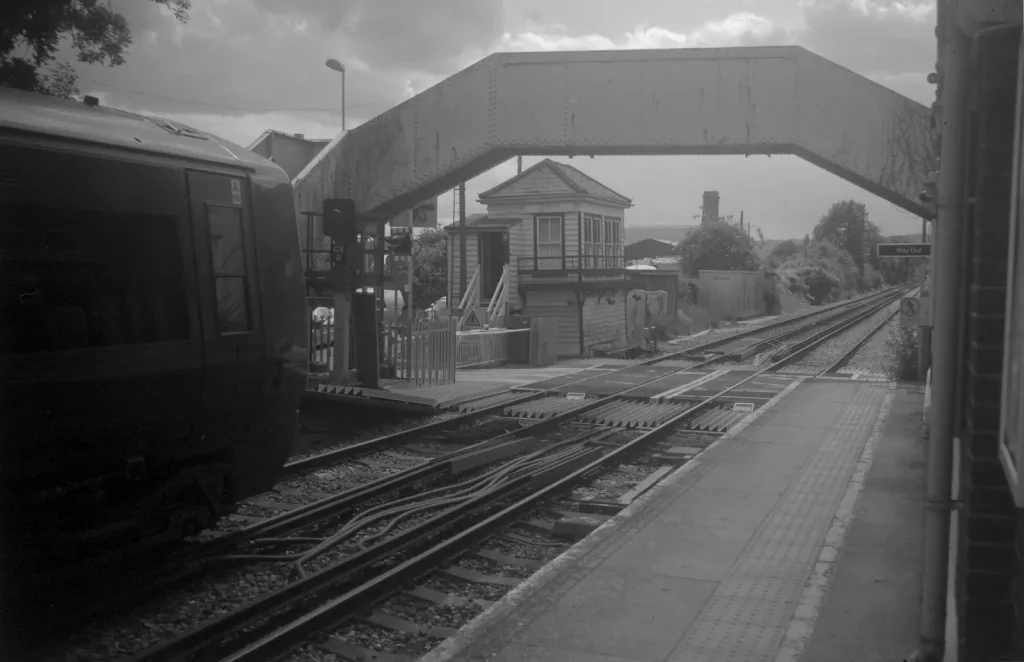
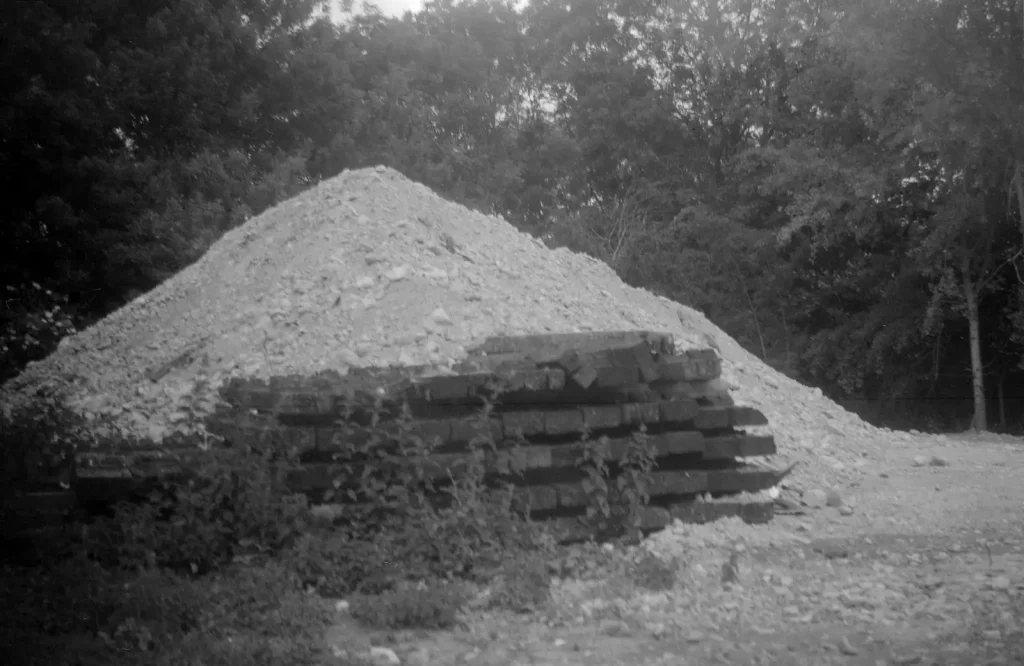
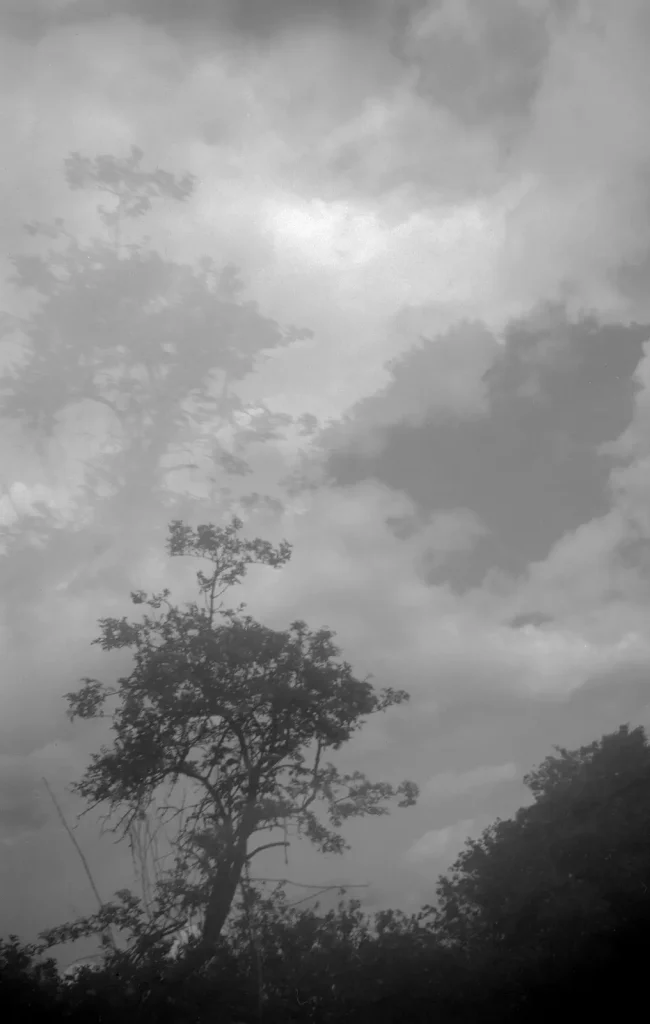
I like the images from the Billy 2 so will keep using it. Probably just b/w films like Fomapan or HP5. I suspect I will keep the Yashica TLR for colour work; it seems to work well paired with the Portra. Not so sure about the Petri, though. I do like using it but the results are just weird. Anyway, this concludes my two part post on my freebie cameras. I’ve no doubt I will be given more in the future, which I will appreciate. I would be interested to know what cameras you have been handed for free and do you use them.
Thanks for reading, cheers Rock ( www.rocksreflex.com )
Share this post:
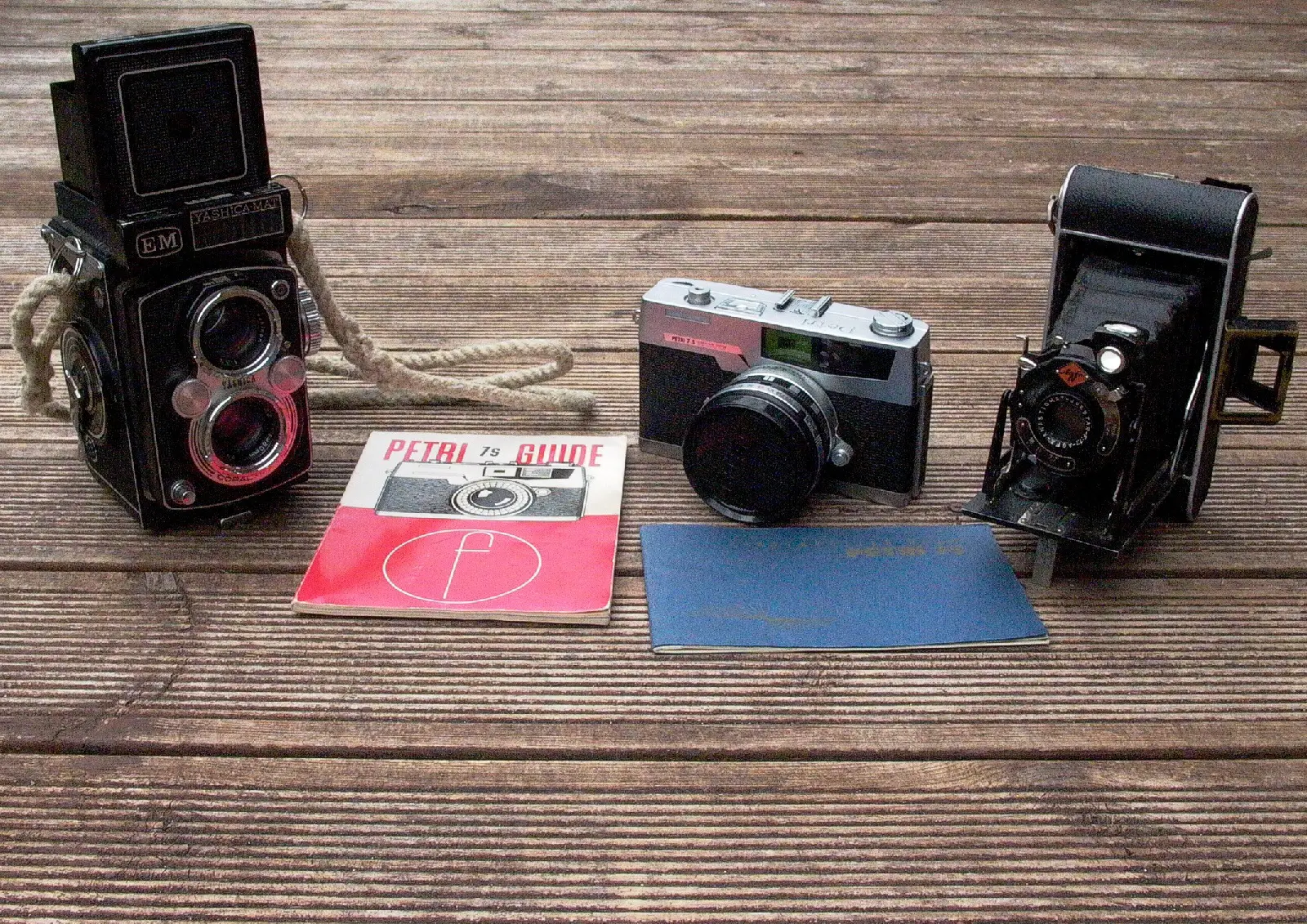








Comments
Tobias Eriksson on Six of my Best Freebie Cameras – Part2: The Others – By Rock
Comment posted: 23/08/2020
I am not out photographing enough publicly to be offered (m)any cameras. I got my dad's Canon FT a few years back, some 35 years since he last used it - it was the camera I learnt photography on in my late teens. And I was gifted my aunt's father's 35 mm Kodak Retina folder some years ago, though I haven't used it yet. My friend Erik gave me his Minolta XG-1 which he hadn't used for years because the film would break. I think he was too rough handed, is what I think. I sold that one. The fourth and most recent camera I was gifted was a Zenobia 4,5x6 folder which I loved to use. I have to calibrate the focusing, come to think of it. Thanks for reminding me, Rock!
Comment posted: 23/08/2020
Dhaval Patel on Six of my Best Freebie Cameras – Part2: The Others – By Rock
Comment posted: 23/08/2020
Looks like very great results. Actually I am impressive with your blogs, So thinking to read daily visit your website for gaining knowledge. Indeed thanks a lot.
Comment posted: 23/08/2020
CJS on Six of my Best Freebie Cameras – Part2: The Others – By Rock
Comment posted: 24/08/2020
Comment posted: 24/08/2020
Nigel H on Six of my Best Freebie Cameras – Part2: The Others – By Rock
Comment posted: 25/08/2020
Comment posted: 25/08/2020
Comment posted: 25/08/2020
Comment posted: 25/08/2020
Comment posted: 25/08/2020
Ben Garcia on Six of my Best Freebie Cameras – Part2: The Others – By Rock
Comment posted: 25/08/2020
Comment posted: 25/08/2020
DON BALL on Six of my Best Freebie Cameras – Part2: The Others – By Rock
Comment posted: 17/07/2021
Comment posted: 17/07/2021